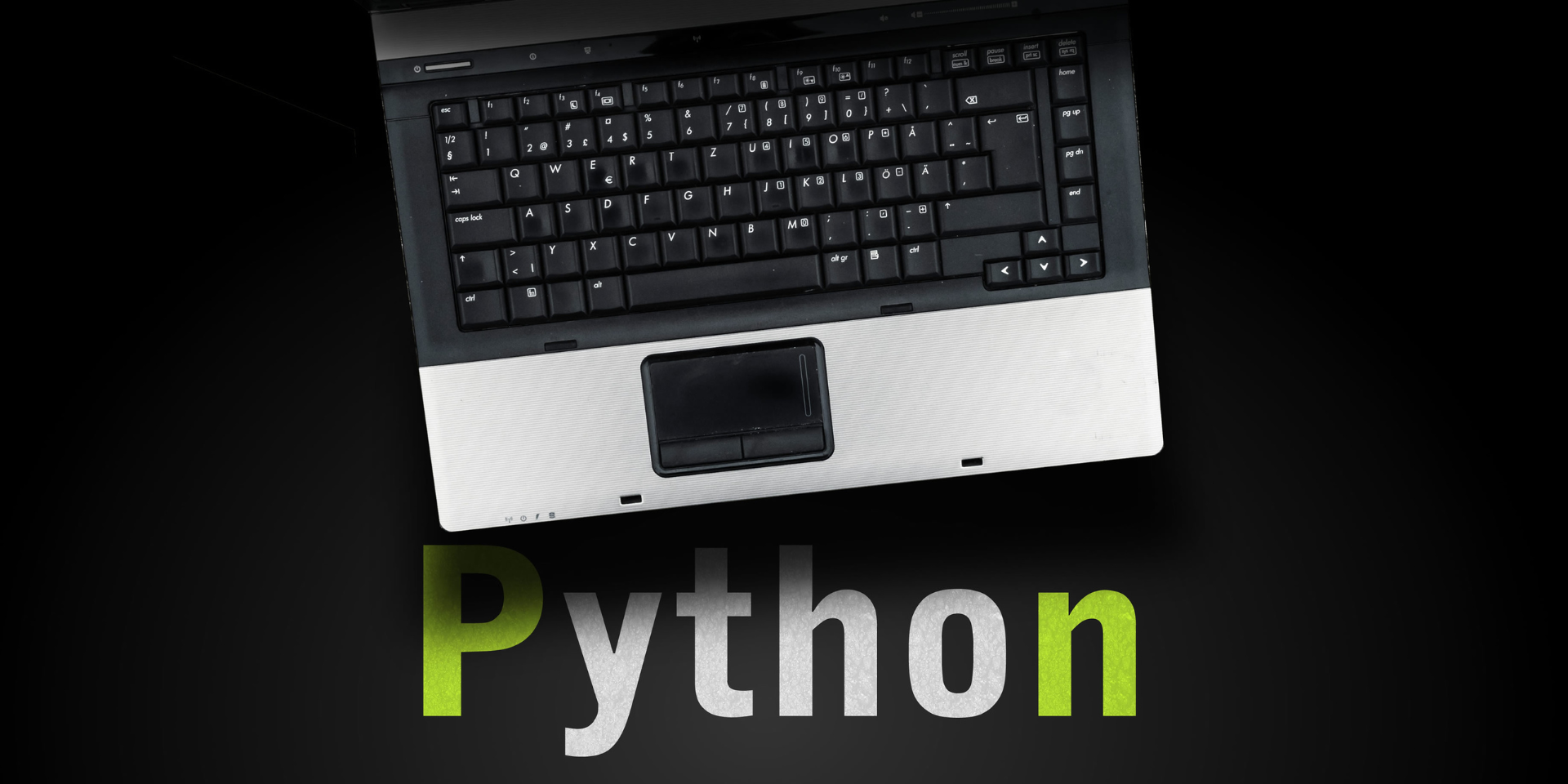
Thing which makes FreeCAD different from other CAD software is it’s freedom to customize as per requirement. We can create our own macro and workbenches to execute certain type of task.
As a professional in the field of engineering or design, integrating Python scripting to automate tasks within FreeCAD can significantly enhance productivity and efficiency. By creating custom tools and workflows through script automation, you can streamline repetitive processes, easily generate complex designs, and ensure consistency across projects. With the ability to manipulate geometric shapes, modify parameters, and interact with the software’s API, Python scripting empowers users to tailor FreeCAD to their specific needs and preferences.
Related Posts:
| Basics of Loft and Sweep Tool in FreeCAD |
| How to Set Default Workbench in FreeCAD |
| Insert Surface Finish Symbol in FreeCAD Drawing |
This level of customization not only saves time but also allows for greater creativity and innovation in design work. By investing time in learning Python scripting within FreeCAD, professionals can unlock endless possibilities for optimizing their workflow and achieving exceptional results in their projects.
FreeCAD is highly customizable and can be automated using Python scripting. Its entire interface and functionality are built on Python, making it a powerful tool for creating custom workflows, tools, and macros. Below is a guide to help you get started with automating FreeCAD using Python.
1. Basics of FreeCAD Python Scripting-:

FreeCAD Python scripting is a powerful tool that allows users to automate tasks, create custom tools, and extend the functionality of FreeCAD. With FreeCAD extensive API documentation and accessible interface, users can easily write scripts to perform complex operations within the software.
To take advantage of scripting capabilities of FreeCAD, professionals can streamline their workflow, improve efficiency, and customize their design processes to suit their specific needs. From creating parametric designs to automating repetitive tasks, Python scripting in FreeCAD offers a wide range of possibilities for engineers, architects, designers, and other professionals working in the field of 3D modeling and CAD.
Related Posts:
- How to Negotiate Your Engineering Salary Like a Pro
- Future-Proof Mechanical Engineer: Skills for the Next Decade
- Overcoming Imposter Syndrome as a Young Engineer
By mastering the basics of FreeCAD Python scripting, users can unlock new potentials for innovation and creativity in their projects. FreeCAD provides a built-in Python console and macro editor for scripting. You can access these tools from the View > Panels menu.
- Python Console: Allows you to execute Python commands interactively.
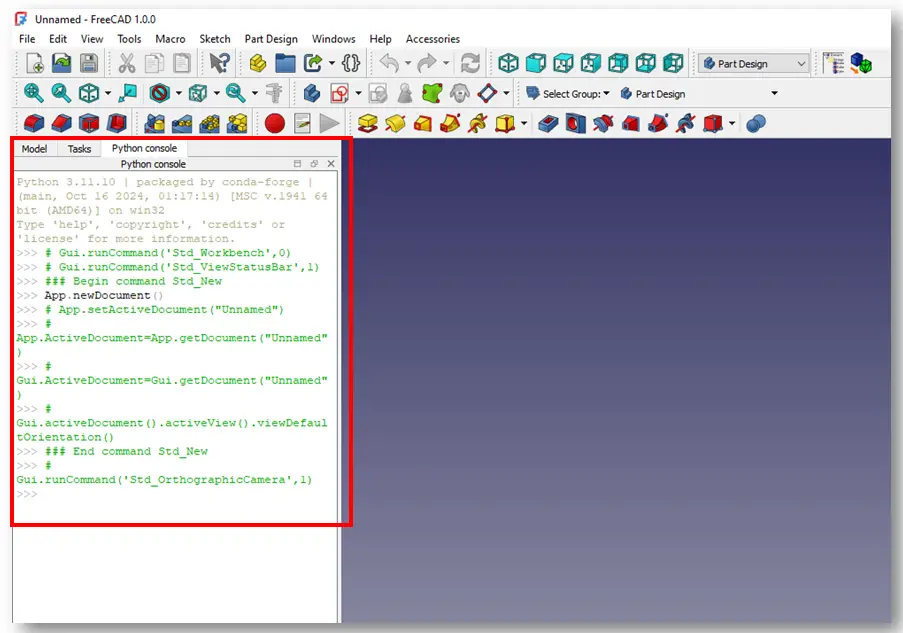
- Macro Editor: Lets you write, save, and execute Python scripts.

2. Accessing FreeCAD’s Python API-:
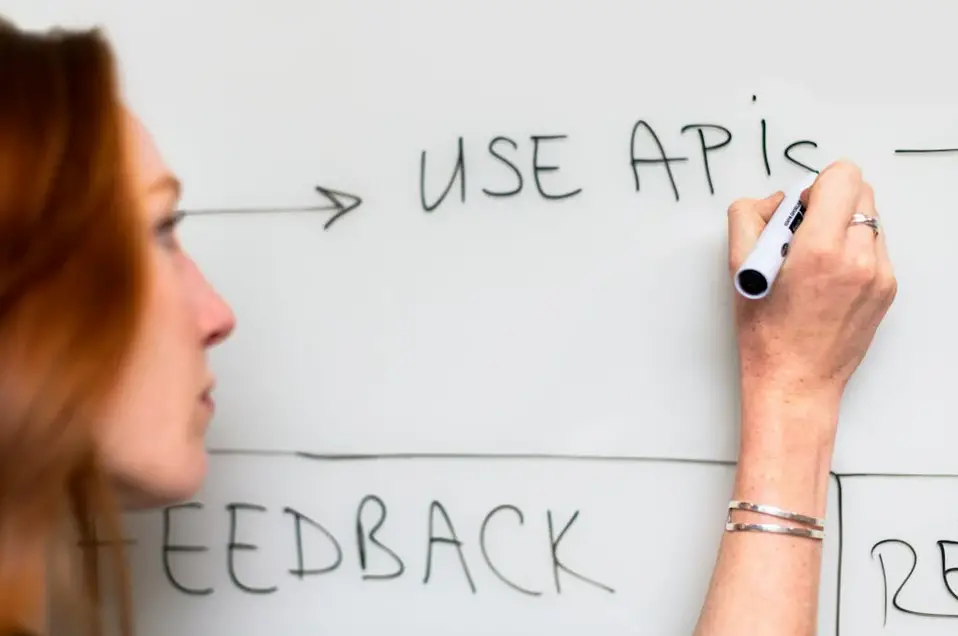
This is the principal (root) module of FreeCAD. It can also be called by “App” from the FreeCAD interpreter. It contains everything that is needed to manipulate documents and their contents (objects).
Example:
import FreeCAD
print FreeCAD.listDocuments()
mydoc = FreeCAD.activeDocument()
Accessing FreeCAD’s Python API provides users with a powerful tool to customize and automate their design processes within the FreeCAD software. with advantages of Python programming language, users can create scripts to generate complex 3D models, manipulate existing designs, and perform advanced simulations. The Python API exposes a wide range of functionality within FreeCAD, including access to geometric objects, constraints, and properties of parts within a design.
This level of customization allows professionals to streamline their workflows, increase efficiency, and tackle more complex projects with ease. With thorough understanding and utilization of the FreeCAD Python API, users can greatly enhance their productivity and unlock new capabilities within this open-source CAD software. FreeCAD’s functionality is exposed through its Python API. You can use this API to create and modify objects, automate tasks, and build custom tools.
To know more more about FreeCAD API visit https://wiki.freecad.org/FreeCAD_API
- Document and Object Manipulation:
import FreeCAD as App import Part # Create a new document doc = App.newDocument() # Create a box box = Part.makeBox(10, 10, 10) # Dimensions: 10x10x10 mm Part.show(box) # Add the box to the document - Accessing Existing Objects:
# Get the active document doc = App.ActiveDocument # Access an object by name obj = doc.getObject("Box") # Print the object's properties print(obj.PropertiesList)
3. Creating Custom Tools-:
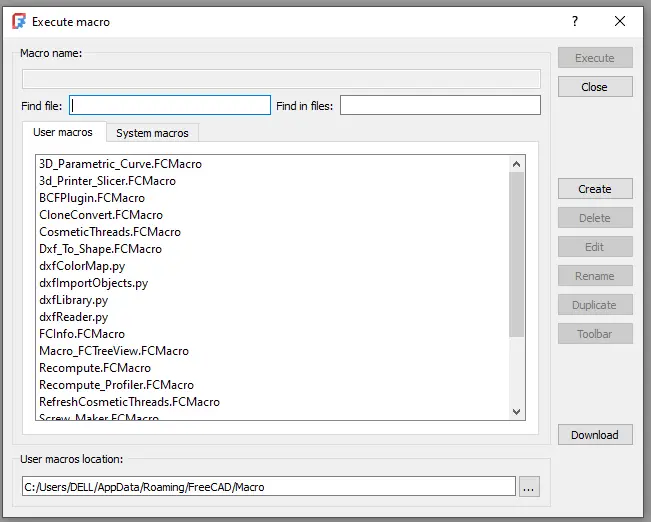
FreeCAD, an open-source parametric 3D modeling software, allows users to create custom tools to enhance their workflow efficiency. By utilizing the Python programming language within the FreeCAD environment, professionals can design and implement tailored tools to meet specific project requirements.
Related Posts:
- Building Your Personal Brand as a Mechanical Engineer
- 5 Soft Skills Every Successful Mechanical Engineer Needs
- Career Paths You Didn’t Know Existed for Mechanical Engineers
This capability enables users to automate repetitive tasks, streamline complex processes, and develop unique features not available in the standard toolset. Furthermore, creating custom tools in FreeCAD ensures a personalized approach to modeling and analysis, enabling users to achieve greater precision and control over their designs. With a strong community support network and extensive documentation available online, professionals can easily leverage the full potential of FreeCAD by developing custom tools that cater to their specific needs and preferences. You can create custom tools by writing Python scripts and adding them to FreeCAD as macros or workbenches.
Example: Create a Custom Macro
- Open the Macro Editor (Macro > Macros > Create).
- Write your Python script:
import FreeCAD as App import Part def create_sphere(radius): sphere = Part.makeSphere(radius) Part.show(sphere) App.ActiveDocument.recompute() # Create a sphere with a radius of 5 mm create_sphere(5) - Save the macro and run it.
Add a Macro to the Toolbar
- Save your macro with a
.FCMacroextension in theMacrosfolder. - Go to Tools > Customize > Macros.
- Assign the macro to a toolbar or menu for easy access.
4. Building a Custom Workbench-:
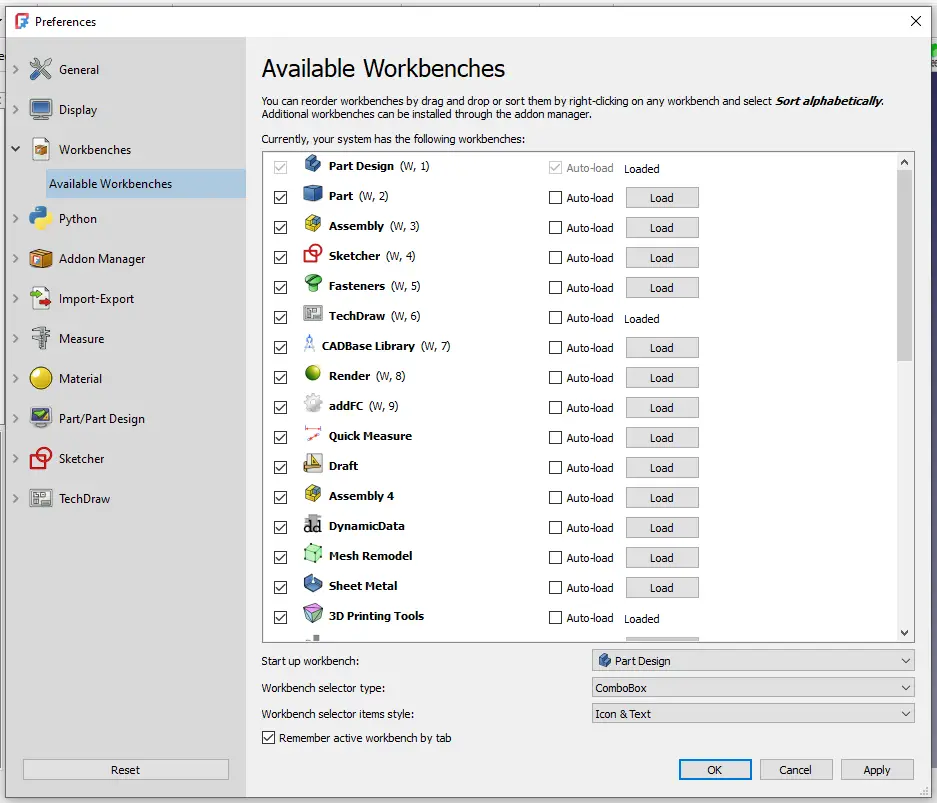
Building a custom workbench in FreeCAD allows users to create a tailored workspace that suits their individual needs and preferences. Utilizing this powerful open-source 3D modeling software, professionals can design workbenches with specific dimensions, materials, and features to optimize their workflow and efficiency. By leveraging the program’s extensive functionalities, such as parametric modeling, assembly capabilities, and constraint-based design, users can precisely customize every aspect of the workbench according to their requirements.
Furthermore, FreeCAD’s integrated tools for rendering and simulation enable users to visualize the final product before construction, ensuring accuracy and eliminating potential errors. With careful planning and expert utilization of FreeCAD’s tools, professionals can construct a custom workbench that maximizes productivity and enhances their overall working environment. For more advanced workflows, you can create a custom workbench. A workbench is a collection of tools and commands organized into a single interface.
Steps to Create a Workbench
- Create a folder for your workbench in the
Moddirectory of FreeCAD (e.g.,FreeCAD/Mod/MyWorkbench). - Add the following files:
- Init.py: Initializes the workbench.
- InitGui.py: Defines the GUI and commands.
Example: Simple Workbench
- Init.py:
class MyWorkbench: def __init__(self): import MyTools # Import your custom tools Gui.addWorkbench(MyWorkbench()) - InitGui.py:
import FreeCADGui as Gui class MyCommand: def Activated(self): import MyTools MyTools.create_sphere(5) # Example command def GetResources(self): return { "Pixmap": "MyIcon", # Path to an icon "MenuText": "Create Sphere", "ToolTip": "Creates a sphere with a radius of 5 mm" } Gui.addCommand("MyCommand", MyCommand()) - MyTools.py:
import FreeCAD as App import Part def create_sphere(radius): sphere = Part.makeSphere(radius) Part.show(sphere) App.ActiveDocument.recompute() - Restart FreeCAD, and your custom workbench will appear in the workbench dropdown.
5. Automating Repetitive Tasks-:
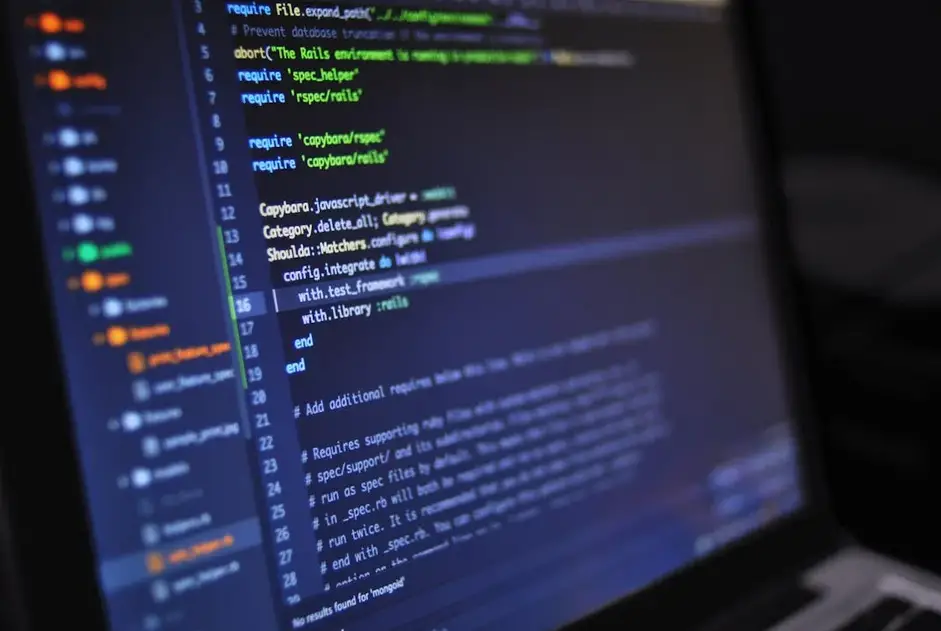
Automating repetitive tasks in FreeCAD can significantly increase productivity and efficiency in the design process. By utilizing Python scripting and macros, users can create custom scripts to automate commonly performed tasks such as creating standard shapes, modifying geometries, or generating complex assemblies.
This automation not only reduces the time spent on repetitive actions but also minimizes the likelihood of human error, leading to more accurate and consistent designs. Additionally, automating tasks allows designers to focus on more critical aspects of the project, such as problem-solving and innovation. With proper training and knowledge of scripting languages, users can streamline their workflow and make the most out of FreeCAD’s capabilities for a more efficient design experience. You can automate repetitive tasks by writing scripts that perform multiple steps in sequence.
Example: Batch Import and Export
import FreeCAD as App
import Mesh
# List of STL files to import
stl_files = ["file1.stl", "file2.stl", "file3.stl"]
for file in stl_files:
# Import STL
Mesh.insert(file)
doc = App.ActiveDocument
# Export to STEP
step_file = file.replace(".stl", ".step")
doc.saveAs(step_file)
# Close the document
App.closeDocument(doc.Name)
6. Debugging and Testing-:
- Use the Python Console to test small snippets of code.
- Use
print()statements to debug your scripts. - Check the Report View for error messages and logs.
7. Resources for Learning FreeCAD Scripting-:
- FreeCAD Documentation: FreeCAD Python Scripting
- FreeCAD Forum: A great place to ask questions and share scripts.
- GitHub Repositories: Explore open-source FreeCAD projects for inspiration.
“Thank you for reading! If you found this article insightful and valuable, consider sharing it with your friends and followers on social media. Your share can help others discover this content too. Let’s spread knowledge together. Your support is greatly appreciated!”

